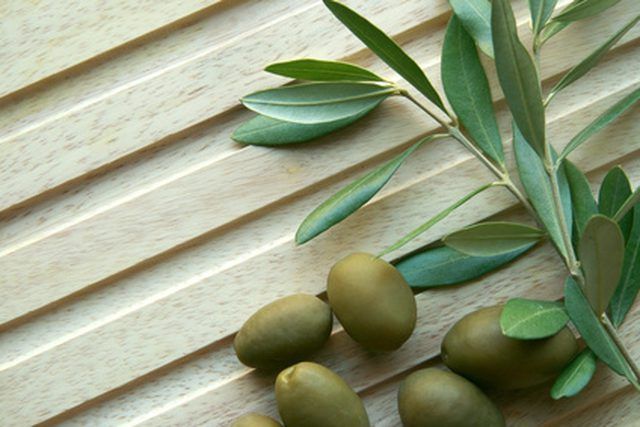Bulbs
Flower Basics
Flower Beds & Specialty Gardens
Flower Garden
Garden Furniture
Garden Gnomes
Garden Seeds
Garden Sheds
Garden Statues
Garden Tools & Supplies
Gardening Basics
Green & Organic
Groundcovers & Vines
Growing Annuals
Growing Basil
Growing Beans
Growing Berries
Growing Blueberries
Growing Cactus
Growing Corn
Growing Cotton
Growing Edibles
Growing Flowers
Growing Garlic
Growing Grapes
Growing Grass
Growing Herbs
Growing Jasmine
Growing Mint
Growing Mushrooms
Orchids
Growing Peanuts
Growing Perennials
Growing Plants
Growing Rosemary
Growing Roses
Growing Strawberries
Growing Sunflowers
Growing Thyme
Growing Tomatoes
Growing Tulips
Growing Vegetables
Herb Basics
Herb Garden
Indoor Growing
Landscaping Basics
Landscaping Patios
Landscaping Plants
Landscaping Shrubs
Landscaping Trees
Landscaping Walks & Pathways
Lawn Basics
Lawn Maintenance
Lawn Mowers
Lawn Ornaments
Lawn Planting
Lawn Tools
Outdoor Growing
Overall Landscape Planning
Pests, Weeds & Problems
Plant Basics
Rock Garden
Rose Garden
Shrubs
Soil
Specialty Gardens
Trees
Vegetable Garden
Yard Maintenance
How to Grow Olive Trees in Texas
How to Grow Olive Trees in Texas. Growing olive trees in Texas isn't easy, but it's possible. The problem is that olive trees require chilly weather in March, when Texas is generally mild. The trees lose their cold-hardiness, and are often killed to the root when Texas has the occasional hard freeze every two years or so. Like any type of tree,...

Growing olive trees in Texas isn't easy, but it's possible. The problem is that olive trees require chilly weather in March, when Texas is generally mild. The trees lose their cold-hardiness, and are often killed to the root when Texas has the occasional hard freeze every two years or so. Like any type of tree, olives are an investment of time and resources. If you're patient and persistent, you'll be able to grow one.
Things You'll Need
Olive tree
Bucket
Water
Peat
Sand
Nitrogen fertilizer
Pruning shears
Frost blanket
Buy an olive cultivar that is most adaptable to Texas weather. Ascolano, Mission and Barouni are all good choices.
Plant olive trees in spring, in a sunny location that has rich, well-drained soil. Olives have a shallow root system, and do not like to be waterlogged. Check the soil before planting by pouring a bucket of water on the ground. If it pools and sits, amend the soil with equal parts peat and sand until it drains readily.
After planting, fertilize once in the spring and again in December, using no more than 2 pounds of nitrogen fertilizer total.
Prune only in early spring, unless you see dead wood or disease in the tree. Avoid pruning in fall because it will stimulate new growth at a time when cold temperatures can damage or kill it.
Protect the tree from frost by "hilling" it until it's five years old. Every November, create a mound of soil 1 to 2 feet high all the way around the trunk to protect it from freezing. Remove the mound the following year. Tent the tree with a frost blanket to protect foliage during freezing nights. Be sure to remove it promptly in the morning.
Tips & Warnings
Olive trees can be planted close together and topped to create a beautiful, dense hedge.
Keep in mind that you'll be lucky to get olive fruit because of Texas' weather. Even if you don't get olives, you will still have a lovely ornamental tree.